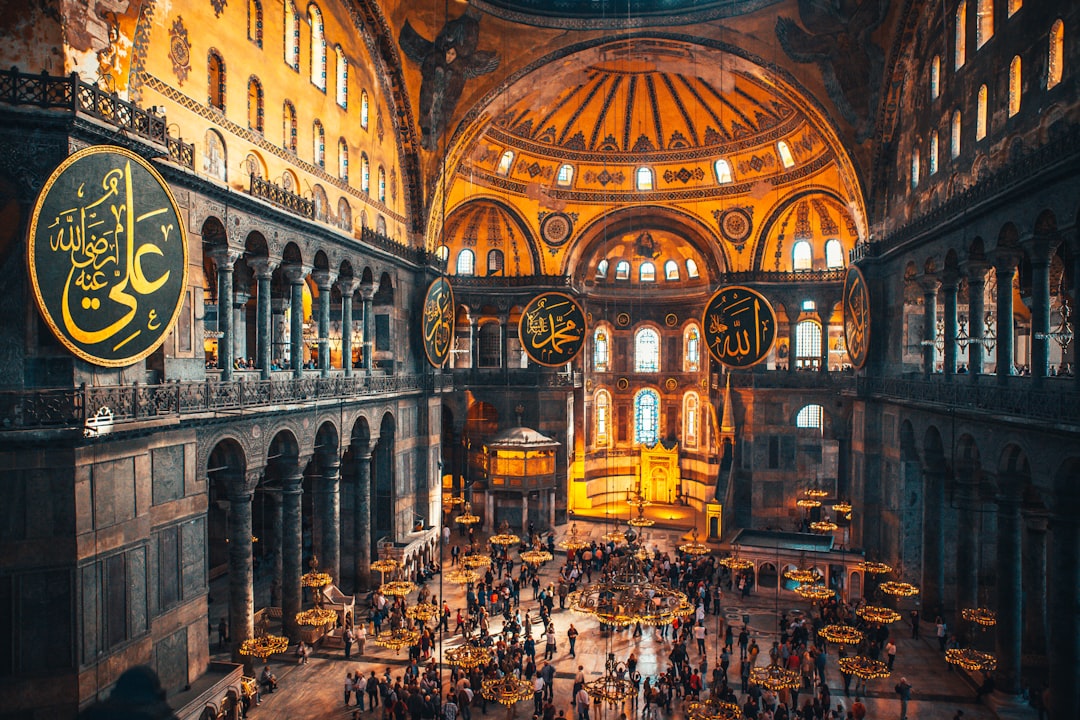What is it about?
When the Musée du quai Branly opened in Paris in 2006 it was already the subject of great controversy. It had inherited many of its collections from the discredited Musée de l'homme, best known in South African for its incarceration of the remains of Sarah Baartman. My article examines some of the contemporary exhibitions mounted at the Branly Museum that sought to be self-critical of its colonial legacy and dubious collecting practices.
Featured Image
Why is it important?
The issues surrounding ethnographic museums (although the Branly Museum deliberately does not call itself an ethnographic museum) and collections that were created by colonial officials, victorious soldiers in colonial battles, and European missionaries that reside in contemporary institutions are still very much alive.
Perspectives
This article took me a very long time to write because I had to grapple with the complex issues around colonial collections and ethnographic museums, and I had to interview curators and read sources in French, which is my third language. I am looking forward to taking up these issues again soon though, and I find that working in French compels me to be more thoughtful about concepts and ways of thinking than I would be were I working in my home language.
Dr Cynthia C Kros
Wits
Read the Original
This page is a summary of: Tainted heritage? The case of the Branly museum, International Journal of Heritage Studies, January 2014, Taylor & Francis,
DOI: 10.1080/13527258.2013.860393.
You can read the full text:
Contributors
The following have contributed to this page










